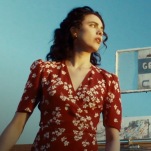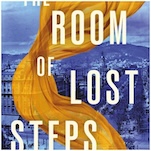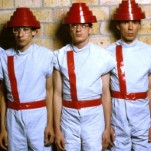Appaloosa

Release Date: September 19
Director: Ed Harris
Writers: Robert Knott, Ed Harris
Cinematographer: Dean Semler
Starring: Ed Harris, Viggo
Mortensen, Jeremy Irons, Renée Zellweger
-

-

-

-

-

-

-

-

-

-

-

-

-

-

-

-

-

-

-

-

-

-

-

-

-

-

-

-

-

-

-

-

-

-

-

-

-

-

-

-








































